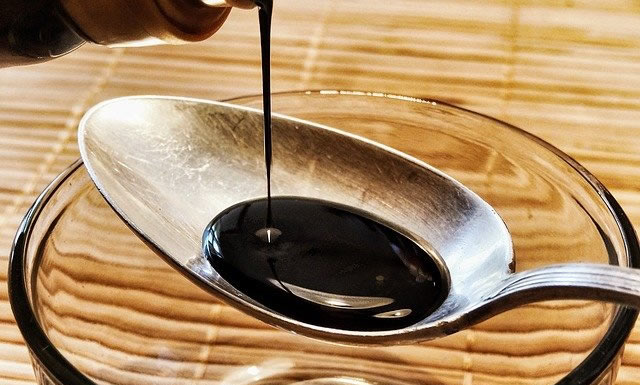先日から「Is Japan losing its umami? -「日本は“うまみ”を失っている?」を読んでいます。

・「日本は“うまみ”を失っている?」(1)
・「日本は“うまみ”を失っている?」(2)
・「日本は“うまみ”を失っている?」(3)
・「日本は“うまみ”を失っている?」(4)
・「日本は“うまみ”を失っている?」(5)
From Tokyo’s traditionally deep and intense shoyu came the briny unagi eel and salty yaki onigiri (grilled rice balls).
東京の伝統的な深みのある濃厚な醤油は、塩辛いウナギと焼きおにぎりに。
briny「塩水の、海水の、塩辛い」。
Kagawa’s sanuki udon noodles are textured by Shodoshima’s creamy shoyu in its dashi broth.
香川の讃岐うどんは、小豆島のクリーミーな醤油出汁で食感を楽しむ。
In Kyoto and Osaka, where the shoyu is lighter and thinner, there’s more of a focus on vegetables and fish.
京都や大阪では醤油が薄味な分、野菜や魚に焦点を置く。
And in southern Japan, shoyu, like much of the local cuisine, is sweeter.
また日本の南部では、他の郷土料理と同様、醤油は甘めに作られている。
Shodoshima (fittingly: ‘small bean island’) has been a hub of soybean production for more than 400 years.
小豆島は(「小さな豆の島」にふさわしく)、400年以上前から大豆の生産が盛んな地域だ。
In the early 1900s, there were some 400 soy sauce companies here.
1900年代初頭、ここには約400社の醤油会社があった。
Today, 21 remain and, according to the Shodoshima Shoyu Association, more than 1,000 of the 3,000 kioke still used to make soy sauce in Japan are found on this 30,000-person island.
現在では21社が残り、小豆島醤油協会によると、日本で現在使われている3,000木桶の醤油のうち、1,000木桶以上がこの人口3万人の島で作られているという。
小豆島はオリーブ栽培でも有名ですが、醤油の一大産地だったとは知りませんでした。
関西の醤油は色は薄いけれども、塩分は関東の醤油より濃いとも聞きます。
あの関東のウナギの蒲焼のタレは、やはり濃い色の醤油があってこそ。
というか、毎日の食卓に欠かせない調味料の筆頭が醤油かなと思います。
理由は単純明快!「少ないコストでしっかり楽しく学べるから」。
私自身の経験(高機能でビックリ)をびっしり書いていますので、良かったら読んでみてください。
下のバナーからどうぞ!






